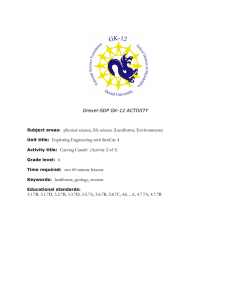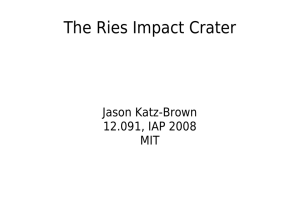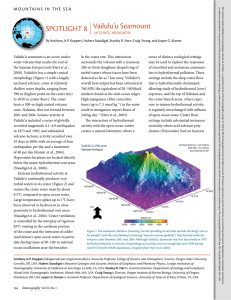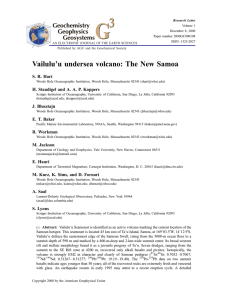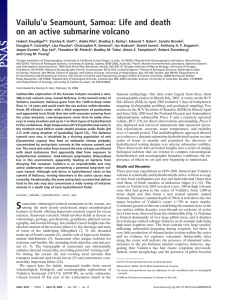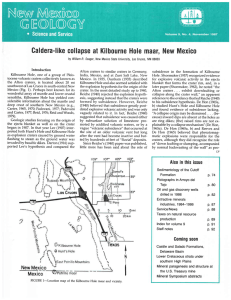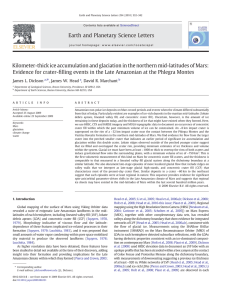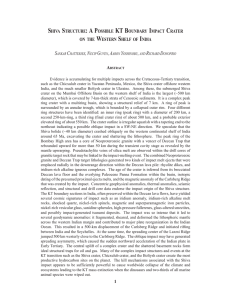DALLOL-ETHIOPIA...pps
advertisement
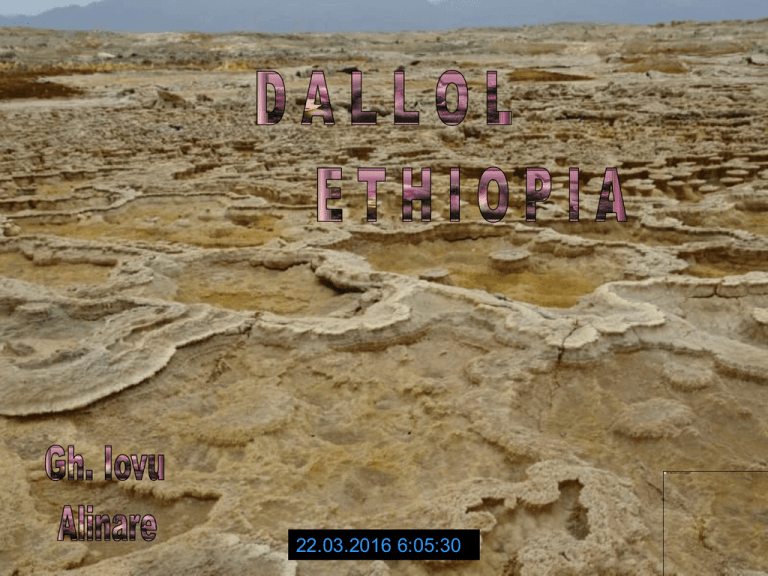
22.03.2016 6:05:30 Dallol volcano is located in the Danakil Depression in NE Ethiopia, in a remote area subject to the highest average temperatures on the planet. The volcano encompasses Dallol mountain (which rises 50-60m above the surrounding salt plains and has approximate dimensions of 1.5 x 3 km) and several other features in the vicinity, such as the 1926 crater near the "Black Mountain" about 1.5 km to the SW. Dallol is nested on top of an at least 1000m thick layer of quaternary evaporates including large potash (potassium salt) reserves, the source of which will be discussed in more detail below. Dallol mountain is thought to have been formed as the result of intrusion of a basaltic magma body underneath. The circular depression near the center of Dallol mountain is presumably a collapse crater, although neither its age nor the exact process from which it resulted are known. The SW flank of Dallol mountain harbours impressive salt canyons formed by erosion processes. The 1926 phreatic eruption formed a 30m wide crater and was the last significant event at Dallol. Currently, activity is in the form of hot brine springs. Salts washed out of the underlying layers are transported to the surface by geothermally heated water and rapidly crystallize as the water evaporates. The characteristic white, yellow and red colours are the result of sulphur and potassium salts coloured by various ions. The terminology Dallol is often used to define an even larger area, which may cause confusion as to the location of mining operations in the area.






